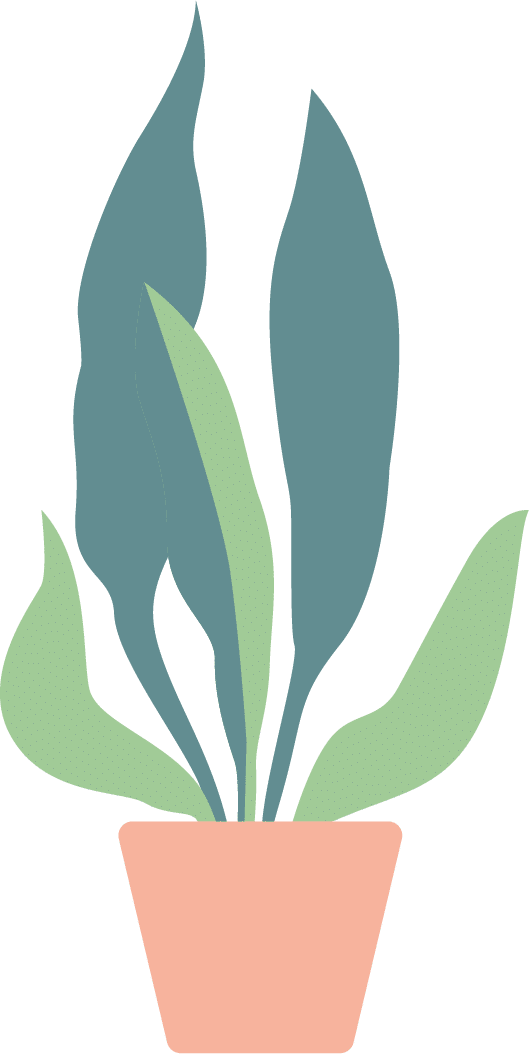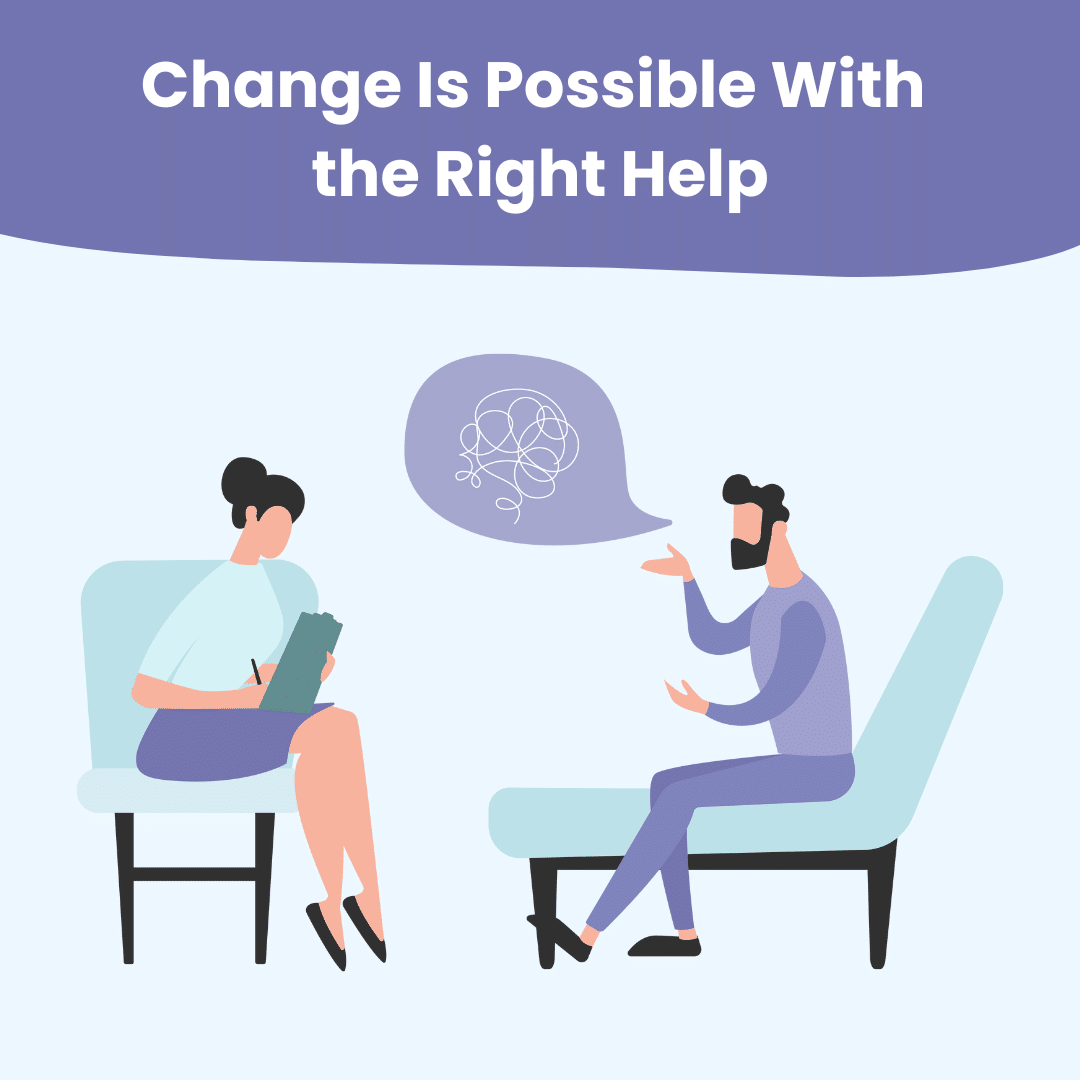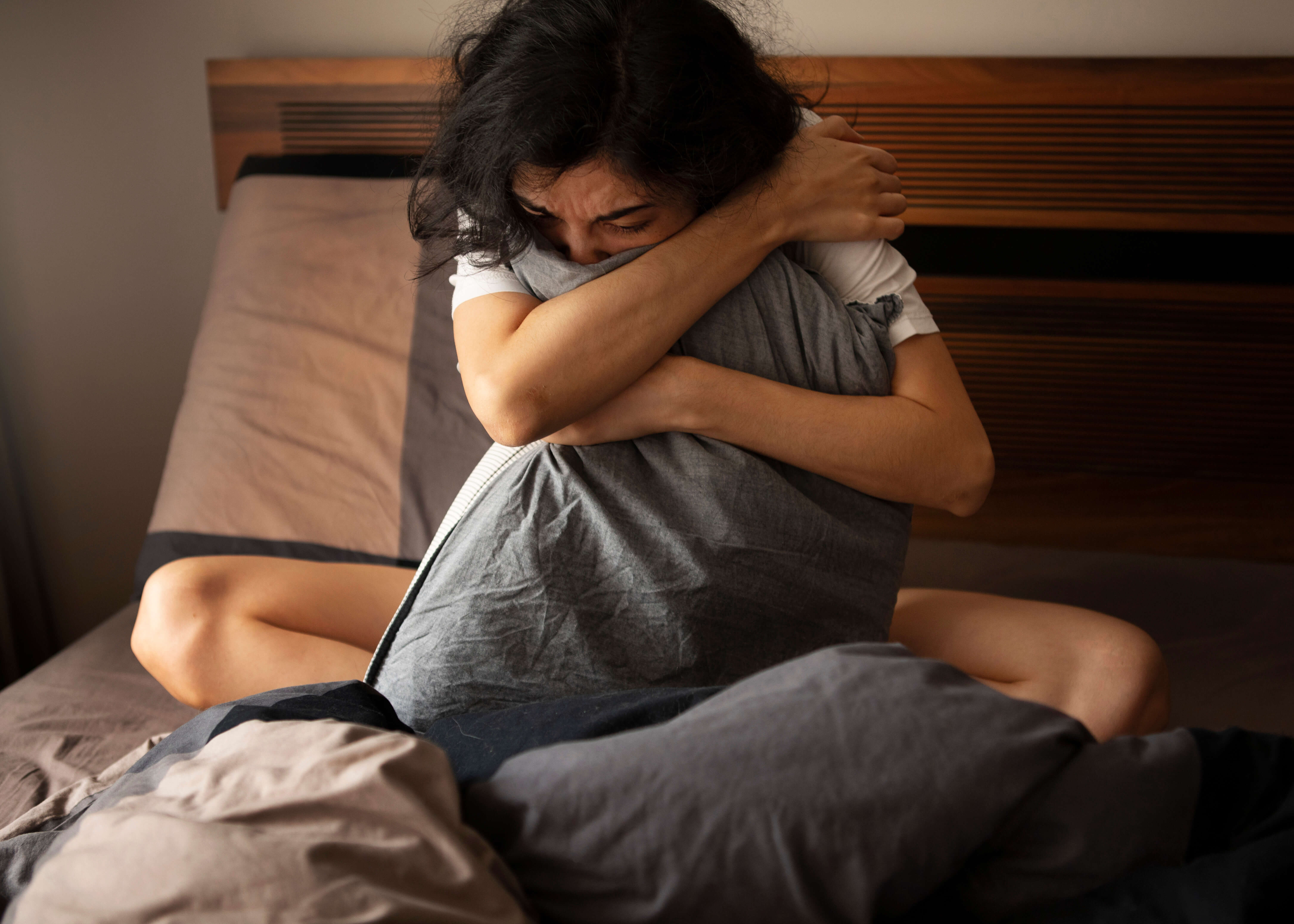
- Updated on 16 July 2024
An anxiety attack is a sudden and extreme episode of fear. Although anxiety attacks can occur without a reason, they may also be linked to specific triggers (eg exams and presentations).
An anxiety attack and a panic attack are not the same. Panic attacks have a clinical definition, whereas an anxiety attack is not listed as a formal term in the DSM 5.
Sometimes, people may use the term ‘anxiety attack’ to refer to stress, worry, or even intense fear that could be classified as panic.
Anxiety attacks can be controlled and stopped by following certain self-care strategies. Here’s how to identify an anxiety attack and find the relief you need.
What Is an Anxiety Attack?
An anxiety attack occurs when we build up stressors that may lead to a breakdown over time.
For example, a conflict in a relationship, family issues that may make a person feel like their mom hates them, or overloaded work tasks could gradually increase anxiousness until the person feels extremely overwhelmed for a period.
An anxiety attack could trigger symptoms like lack of focus, panic, tension, irritability, restlessness, or even fatigue.
If you have anxiety symptoms, you may want to consider talking to a counsellor. Your counsellor in Singapore may conduct clinical interviews and observations to rule out other mental health conditions that could be contributing to your symptoms.
Since an anxiety attack is not a formal diagnosis, you may be diagnosed with some type of anxiety disorder depending on your primary and secondary symptoms.
Most commonly, people who experience anxiety attacks may have a generalised anxiety disorder or panic disorder.
Symptoms of an Anxiety Attack
Other than fear and stress, people may also experience other symptoms of anxiety attacks, such as:
- Staying alert for signs of danger
- Anticipating the worst
- Difficulty concentrating or paying attention
- Brain fog (ie feeling like the mind has gone blank)
- Worry or stress
Moreover, anxiety attack comes with several physical symptoms as well. These include:
- Insomnia
- Dry mouth
- Muscle pain or soreness
- Headaches
- Lightheadedness
- Nausea
- Sweating
- Shaking or trembling
- Frequent urination
- Diarrhea
- Pounding heart rate
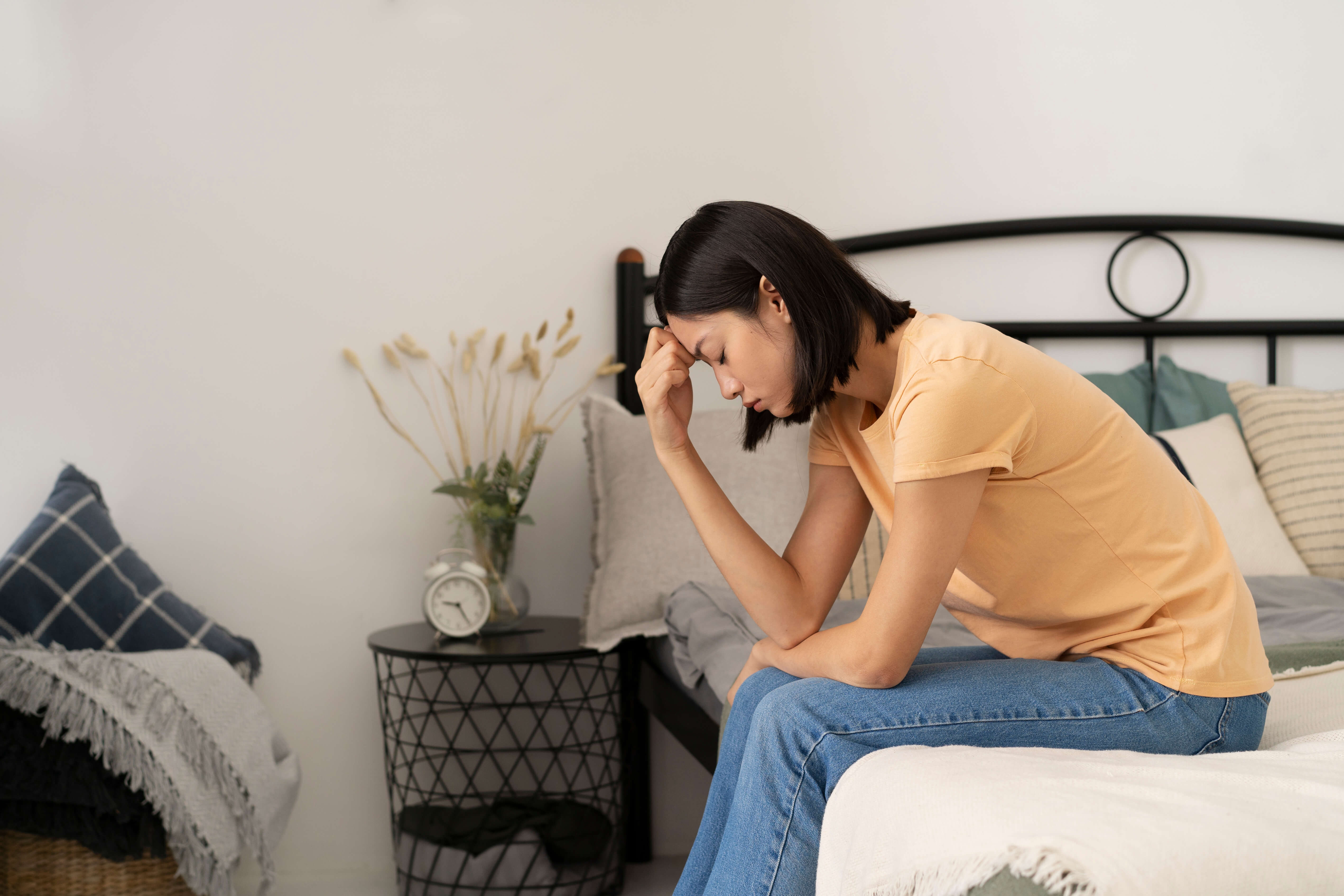
How to Stop an Anxiety Attack
Not everyone who resonates with the above symptoms may have an anxiety attack.
However, many of us may feel frustrated at how often these symptoms appear in our lives.
Although an anxiety attack may seem intrusive and uncontrollable, remember that by following certain effective self-care tools, you can calm your nerves and control your anxiety.
1. Try Visualisation Exercises
Visualisation is a technique of envisioning an image, scene, or situation in the mind. It is a mental exercise used to prepare for the future or to control one’s emotions.
Moreover, visualisation and action are strongly linked. Thinking about our body or mind doing something – dancing or saying a sentence out loud – directly activates the motor cortex.
A common example is visualising our presentation or speech before walking upstage. We do this as a mental rehearsal before the actual event.
Counsellors may use visualisation techniques as a part of several interventions for anxiety and other mental health conditions.
For example, visualisation is often used by psychotherapists to help change the narrative about a person or an event that may have caused post-trauma stress or an anxiety attack.
By making the visualisation as vivid as possible and engaging all the senses during the activity, clients may learn how to talk about their presenting problems and cope with the negative effects.
Apart from treating psychological disorders, there are other proven benefits of visualisation exercises, including:
- Building confidence and self-image
- Gaining motivation to achieve your goals
- Becoming more creative
- Relieving stress
- Increasing the quality of sleep
- Manage emotions
Visualisation Exercise: The Blue Light Technique
The blue light technique involves visualising oneself in the middle of a calm blue light.
Imagine you are standing in the centre where the blue light appears.
As you inhale, imagine soaking up all the light in your body, almost as if you are filling your lungs with the blue light.
As you exhale, visualise your anxiety floating away as dark smoke.
Practising diaphragmatic breathing (ie breathing with your stomach, abdominals, and diaphragm) during this exercise can help you relax and reduce your body’s stress response.

2. Listen to Your Body
When your body is showing signs of anxiety or stress, try to listen to your body.
In essence, the better you listen to and care for your body, the less likely you are to feel anxious or negative throughout the day.
In general, movement and sleep can go a long way toward calming down your bodily responses.
Try to exercise regularly. Pick a form of exercise you love, such as aerobics, walking, or dancing, and aim to work out for 30 minutes daily.
Getting quality sleep at night can help you control and reduce anxious thoughts and feelings. To sleep better, you can try the above visualisation exercise.
More importantly, try to reduce your alcohol and caffeine intake. While these substances may seem calming, they are powerful stimulants that could lead to higher levels of anxiety.
If your body craves strong stimulation, try drinking green tea or matcha.
3. Meditate
Research shows that self-care or group meditation programs can effectively reduce symptoms of an anxiety attack.
In fact, meditation can also help manage conditions such as GAD, panic disorder, and agoraphobia (ie social anxiety).
When we are anxious, some parts of our brain stop communicating with one another. This disconnection could lead to stress responses and trigger an anxiety attack.
However, developing our ‘mindfulness muscles’ may make us more likely to stay stable and calm in a triggering environment or situation. Our stability during anxious moments can help us prevent a hasty response.
Moreover, when we practice self-compassion during such moments and show genuine curiosity in our experiences, we can change the neurobiology of fear and integrate the different parts of our brain again.
In other words, mindfulness reinforces a strong communication between the prefrontal cortex and the limbic system.
As the communication is back and connected, the prefrontal cortex becomes more efficient at down-regulating an anxiety attack.
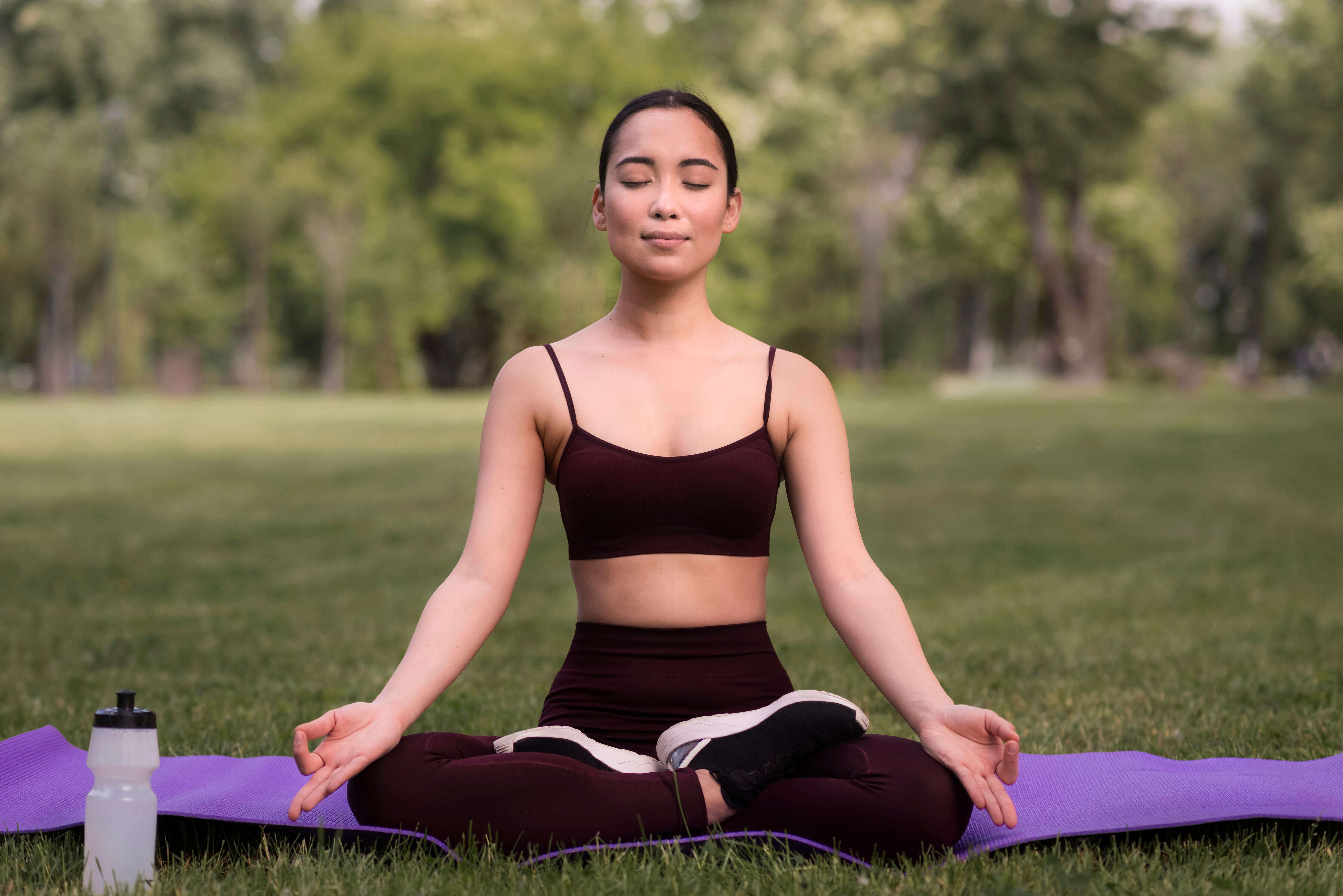
A Simple Meditation Exercise
When you observe an incoming anxiety attack the next time, try this exercise:
If you are new to meditation and overwhelmed by it, start with the basics.
Close your eyes, take a few deep breaths, identify your emotions/thoughts and name them.
Example: “My stomach feels weird and tense, and I have the thought that I’m not good at anything.” or “I have a thought that something disastrous may happen on the aeroplane today.”
Next, see if you can remove yourself from the thought’s context and notice what other feelings you are currently experiencing.
Are you feeling scared? Sad? Angry? Defeated?
What are the characteristics of your emotions? (ie how do you know what you’re feeling is fear?).
To think about the characteristics of your emotions, analyse how they appear in your body. Fear and anxiety tend to settle in the gut.
The key is not to control, change, or worry about your emotions. Observe them as if you are watching a movie.
A UCLA study found that consistently labelling our emotions and observing their presence in our body helps us become more balanced and controlled in the presence of fear.
4. Apply the Dare Technique
In most cases, when we have an anxiety attack, we tend to avoid them in a hurry.
However, rather than fearing the emotions themselves, it can help to view them as temporary, accept their presence in your life briefly, and learn to work with the emotion.
Author Barry McDonagh, in his book, “Dare: The New Way to End Anxiety,” talks about the four-step process to handle anxiety. This technique is called DARE.
D – Defuse
A – Accept
R – Run towards it
E – Engage
Defuse, Accept, Run Towards and Engage
In the first step, you may notice that your anxious thoughts may make you think of several ‘what if’ scenarios. “What if everyone hates me?” “What if I never heal from anxiety?”
Defuse means to respond back to those questions with, “So what?” Remind yourself that your anxiety cannot harm you and that you’ve experienced it before. “So what if everyone hates me? I don’t even know that for sure.”
In the next step, try to accept your emotions as they are. You don’t need to change them, think of them as ‘negative’, or control your bodily responses like heart rate or sweating. Let yourself feel your emotions in depth.
In the third step, try to tell yourself that what you’re feeling is not anxiousness but a type of excitement. Demand your mind to produce more of those sensations. It’s almost as if you’re trying reverse psychology on yourself.
The purpose of running towards your anxiety is to show yourself that anxiety is indeed harmless, and only a flood of adrenaline. This shift in your perception can help you regain control of your emotions.
Lastly, engage with your anxiety attack. Go with the flow. If your anxiety increases, keep observing the ebbs and flows of it. If it decreases, focus your sensations on whatever you’re doing currently. This can help you ground yourself in the present.
5. Prioritise Building Your Community

2024 research has found that building a sense of community is key to improving mental health and coping with issues like anxiety and depression.
Loneliness or social seclusion can trigger an anxiety attack. Hence, try to improve or expand your community circle.
When we find a community for ourselves, we relate to each other, share similar experiences, promote connection, and engage in positive activities that can boost our mood.
You can do this by meeting your friends regularly, connecting with people with interests in your niche, joining support groups or clubs, or confiding about your worries with a loved one.
Look for people who are going through similar experiences as yours or who understand your anxiety.
This will give you the safe space to talk about your anxiety attack, learn about resources that you may otherwise not find anywhere and share coping mechanisms with each other.
6. Seek Professional Counselling
While the above self-care tools can be helpful, if your anxiety attack becomes so severe that you find it hard to function in your daily life, you may want to consider seeking anxiety counselling in Singapore.
Professional counselling can help you manage an anxiety attack, become self-reliant to control your anxious feelings and improve the quality of your emotional health.
Counsellors may use interventions such as:
- Cognitive therapies
- Exposure therapy
- Relaxation tools (eg ACT)
- Narrative therapy
All the above interventions are used exclusively or in combination to provide personalised therapy services.
Through consistent therapy and social support, the source of your fear becomes less frightening.
Takeaway
An anxiety attack is a sudden and intense episode of fear. It is often triggered by specific situations like exams or relationship issues. Symptoms can be both mental, such as brain fog, and physical, like muscle pain or sweating.
Managing anxiety attacks involves practising visualisation exercises, listening to your body, meditating, and applying the DARE technique. Building a supportive community is also crucial, as sharing experiences and coping mechanisms can help.
For severe anxiety attacks, seeking professional counselling can improve emotional health and help you become more self-reliant in managing your anxiety.

Related Articles
Latest Articles
Recent Posts
- A Therapist’s Guide to Setting Boundaries with Parents
- Anger Management in Singapore: Top 6 Benefits
- Individual vs Group Counselling in Singapore: What’s Right for You?
- Thinking of Switching Your Therapist in Singapore? Read This First
- How Counselling in Singapore Can Help You Overcome Dating Anxiety
